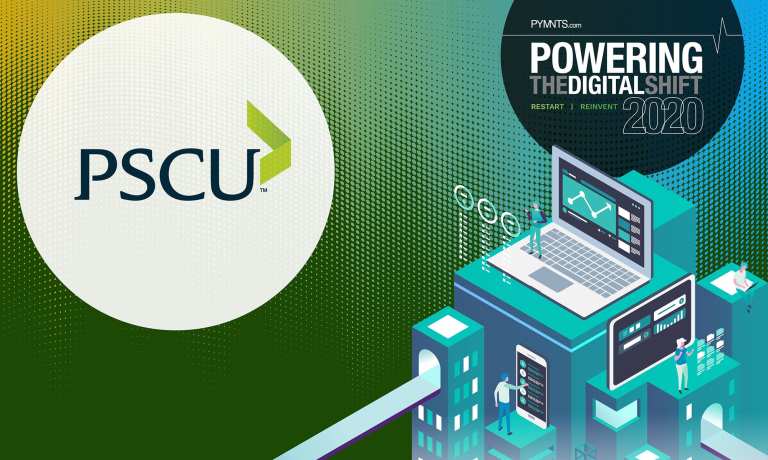
“Consumers do not want a gap or friction at any point along the way, making it critical for financial institutions to understand and define member journeys and personas in both physical and digital channels.”
As people are exposed to more digital financial experiences, they tend to crave more. Financial institutions need to provide these experiences or lose customers. It’s that simple. “While COVID-19 may be a driving force behind more members becoming accustomed to banking online and utilizing new solutions for transactions, it is expected that they will continue to operate in these new channels and with these new products moving forward,” said Denise Stevens, senior vice president, chief product officer at PSCU. “Once members experience firsthand how easy these offerings are to use, and how well they fit into their overall banking activities to provide a seamless experience across all channels, they will likely adopt these new methods for the long term.”
The following is an excerpt from How 35 Execs Are Powering The Great Digital Shift Of 2020 (And Beyond), contributed by Denise Stevens, senior vice president, chief product officer at PSCU.
Even before the pandemic, shifting consumer preferences were becoming apparent in the digital space, with more consumers adopting online banking, downloading payments apps and changing the ways in which they interact with their financial institutions (FIs). COVID-19 fast-tracked these changing preferences. Fewer people are going into branches and using ATMs. Card-not-present (CNP) transactions have experienced an uptick, with debit CNP volumes up an average of more than 40 percent year over year and credit volumes up nearly 15 percent. Together, these factors have pushed banks and credit unions to take a close look at their strategies and solutions to ensure their offerings are meeting the needs of today’s consumers.
Providing robust digital solutions is paramount in a world in which we are grappling with COVID-19 and its impacts. Consumers want the ability to continue transacting and conducting normal banking activities. Whereas they may have previously made an in-person trip to a branch, many consumers are now conducting these same activities from the safety of their homes. They are seeking a similar experience to what they would have in a branch, which means a personalized and customized level of service, as well as ease of use and convenience. Consumers do not want a gap or friction at any point along the way, making it critical for financial institutions to understand and define member journeys and personas in both physical and digital channels.
Many consumers are moving away from cash and looking to alternative methods of payment that limit human contact, clearing a path for contactless cards and other devices, such as wearables. According to a recent Mastercard survey, more than 50 percent of U.S. consumers are now using some form of contactless payments, with nearly 30 percent switching their top-of-wallet card for one that offers more safety and convenience. Not only do contactless options lead to less human contact, but they also allow for faster transactions.
It is also anticipated that the rise of contactless offerings will go hand-in-hand with the adoption of mobile wallets. With payment information loaded and ready to use from their mobile phones, smartwatches or other wearables, consumers now have the opportunity to conduct a transaction at their fingertips.
While COVID-19 may be a driving force behind more members becoming accustomed to banking online and utilizing new solutions for transactions, it is expected that they will continue to operate in these new channels and with these new products moving forward. Once members experience firsthand how easy these offerings are to use, and how well they fit into their overall banking activities to provide a seamless experience across all channels, they will likely adopt these new methods for the long term.
While the pandemic and its economic impacts will eventually subside, the effects felt by banks, credit unions and other FIs will be long-lasting.